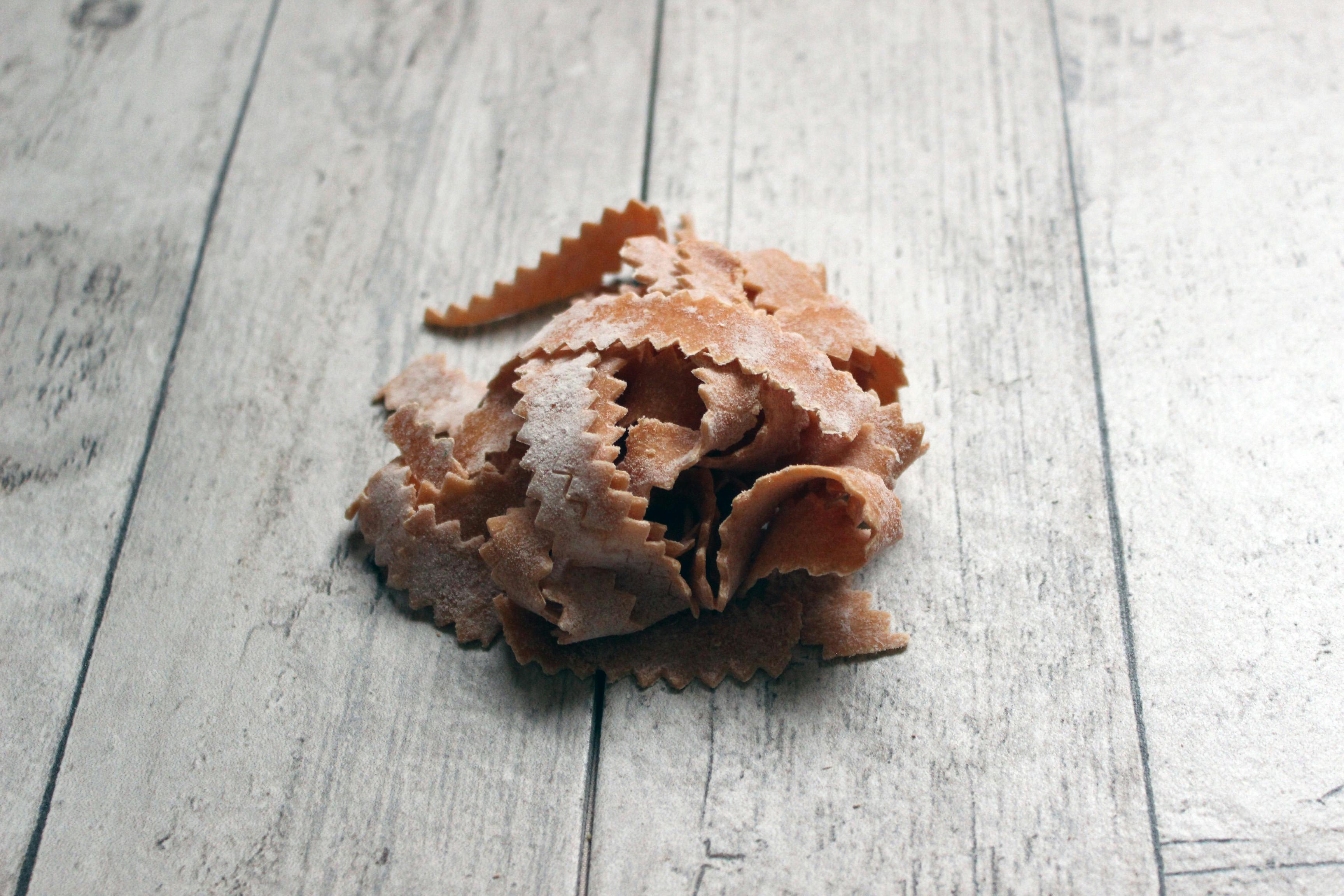Effective Ways to Iron a Shirt for a Crisp Look in 2025
Ironing a shirt is more than just a chore; it is an essential skill that ensures you present yourself well, be it for a job interview, a formal event, or daily wear. In 2025, with advancements in ironing technology and techniques, achieving that crisp, polished look is easier than ever. This article delves into effective ironing techniques, the best equipment to use, and tips to avoid common mistakes. Moreover, we will cover specific methods for different fabrics, ensuring your shirts look immaculate every time.
We will explore how to use an iron effectively, including essential ironing tips and the importance of maintaining your equipment. As we walk through the various techniques, you’ll discover how to tackle tricky areas like collars and sleeves, master the art of steam ironing, and learn safe ironing practices. By the end of this guide, you’ll be equipped with the knowledge to iron shirts like a pro.
Key Takeaways:
- Precision techniques for all shirt parts
- Understanding the best irons and boards for your needs
- Safety tips to avoid common ironing mistakes
- Tips for maintaining a crisp appearance long after ironing
Choosing the Right Ironing Equipment for Shirts
When it comes to learning how to iron a shirt properly, selecting the right equipment is crucial. The best iron for shirts combines power, comfort, and efficiency. Look for an iron that has adjustable temperature controls to cater to various fabric types, from cotton to linen and polyester. Ensure it also has a good steam function; steam ironing effectively removes stubborn wrinkles.
In addition to the iron, an ironing board setup is just as important. Choose an ironing board that is sturdy and has a comfortable height. Some models come equipped with additional features such as a built-in iron rest or a steam positioning area, which can enhance your ironing experience.
Moreover, be mindful of your ironing area. A well-lit, spacious location will make your ironing tasks easier and more enjoyable. Adequate space allows for maneuvering, ensuring every part of the shirt is properly ironed without creases.

Ironing Techniques: Mastering the Art
Building on the importance of the right tools, mastering various ironing techniques is the next step in achieving that crisp look. Start with the basics: always refer to the fabric care labels on your shirts. They make it easier to set the appropriate temperature on your iron. Different materials have unique ironing settings; for instance, cotton shirts usually require a higher heat compared to delicate fabrics like silk.
Steam ironing is a highly effective method. It helps relax the fibers of the fabric, making wrinkle removal almost effortless. When using steam, ensure to hover the iron slightly above the shirt fabric for best results without risking burns. Additionally, using a spray bottle with water can help address those stubborn wrinkles that don’t respond to steam alone.
For advanced techniques, consider the precision ironing method which involves working from the collar down to the hem. This systematic approach ensures every inch of the shirt is attended to, yielding a sharp final product

Ironing Specific Areas: Collars, Sleeves, and More
One of the common challenges while ironing shirts is ensuring that specific areas, like collars and sleeves, look crispy and polished. Starting with collars, always iron them on the reverse side first before moving to the top. This technique prevents unwanted shine and adds a professional finish to your shirt.
When it comes to sleeves, flatten them out and position the cuff properly before you begin. Focus on ironing the seams, working from the shoulder down for a neat finish. Avoid creasing along the sleeves by paying careful attention to the angle at which the iron is applied.
Don’t forget about the body of the shirt. Lay it flat on the ironing board and press down carefully. For shirts with embellishments or decorative elements, use a pressing cloth between the shirt and the iron to protect the details while still achieving a finished look.
Ironing Safety Tips and Mistakes to Avoid
Safety should never be overlooked when ironing. Always ensure your iron is set to the correct temperature to prevent fabric damage; take note of fabric types and corresponding heat settings. Additionally, remember to never leave a hot iron unattended. Placing the iron on a heat-resistant surface is essential, and using an ironing board with safety features can help.
Common mistakes to avoid include ironing over buttons or zippers without care, which can cause snagging or scratching. Always iron around these features or use a tailor’s ham for better maneuverability. Another mistake is rushing through the process—taking your time ensures a flawless finish.
By following these safety tips and avoiding common pitfalls, you can ensure your ironing experience is both efficient and safe.
Maintaining Your Iron and Ensuring Longevity of Your Shirts
Proper maintenance of your iron is crucial to keeping it functional and effective for years to come. Regularly clean the iron’s plate to prevent fabric burns. Additionally, check the steam vents and ensure they are not clogged. A clean iron provides steam more evenly and efficiently.
Another aspect of shirt care is proper storage post-ironing. Ensure shirts are hung vertically to avoid new wrinkles from forming. For best results, consider using garment bags for longer storage.
Lastly, regular upkeep of your shirts—be it through proper washing techniques or occasional professional cleaning—plays a major role in their longevity. This not only enhances their appearance but also saves you time in ironing.
Q&A: Common Ironing Queries Answered
What is the best iron for cotton shirts?
The best iron for cotton shirts typically has a burst-of-steam feature and adjustable temperature settings. A ceramic soleplate is highly recommended due to its ability to glide smoothly over fabric.
How do I iron a dress shirt for a professional look?
To iron a dress shirt professionally, begin with the collar, then move to the sleeves, and finish with the body. Using steam and a pressing cloth for delicate areas can enhance the finish.
What are some quick ironing tips for beginners?
Start with simple basics, such as ensuring the right temperature is set for the fabric type. Use steam or a spray bottle for stubborn wrinkles and always iron in a well-lit area for better visibility.
```